101 Veterinary Practice Management Questions Answered
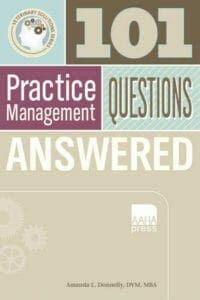
By Amanda L. Donnelly
101 Veterinary Practice Management Questions Answered Book PDF. Managing a veterinary practice today is no easy task. Medical care is more specialized and advanced, clients are more educated, and the workplace has become more diverse. The need for strong leadership and management has never been greater, no matter what size your practice may be. No one has all the answers, but when you take the combined knowledge of hundreds of veterinary practice managers, you have all the basics you need to create a practice the clients want to visit and people want to work for. AAHA Press did just that. We asked practice managers from across the veterinary community to weigh in with their most pressing questions, and we’ve gathered responses and advice from the field to address these issues. The result is 101 Veterinary Practice Management Questions Answered, a handy reference filled with smart, practical ideas and suggestions for practice managers of all levels.
Read more: Exploring the Gray Zone, Case Discussions of Ethical Dilemmas for the Veterinary Technician
This Book is Available For Premium Members Only


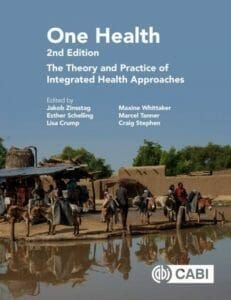
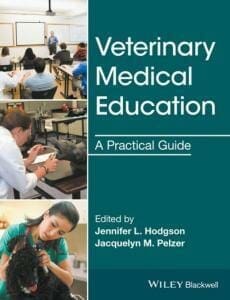

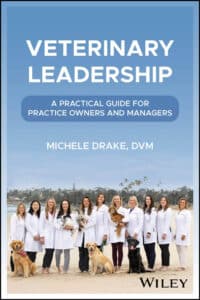
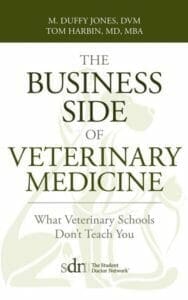






![Ettinger’s Textbook of Veterinary Internal Medicine 9th Edition [PDF+Videos] Ettinger’s Textbook of Veterinary Internal Medicine 9th Edition [True PDF+Videos]](https://www.vet-ebooks.com/wp-content/uploads/2024/10/ettingers-textbook-of-veterinary-internal-medicine-9th-edition-100x70.jpg)

![Textbook of Veterinary Diagnostic Radiology 8th Edition [PDF+Videos+Quizzes] Thrall’s Textbook of Veterinary Diagnostic Radiology, 8th edition PDF](https://www.vet-ebooks.com/wp-content/uploads/2019/09/textbook-of-veterinary-diagnostic-radiology-8th-edition-100x70.jpg)






